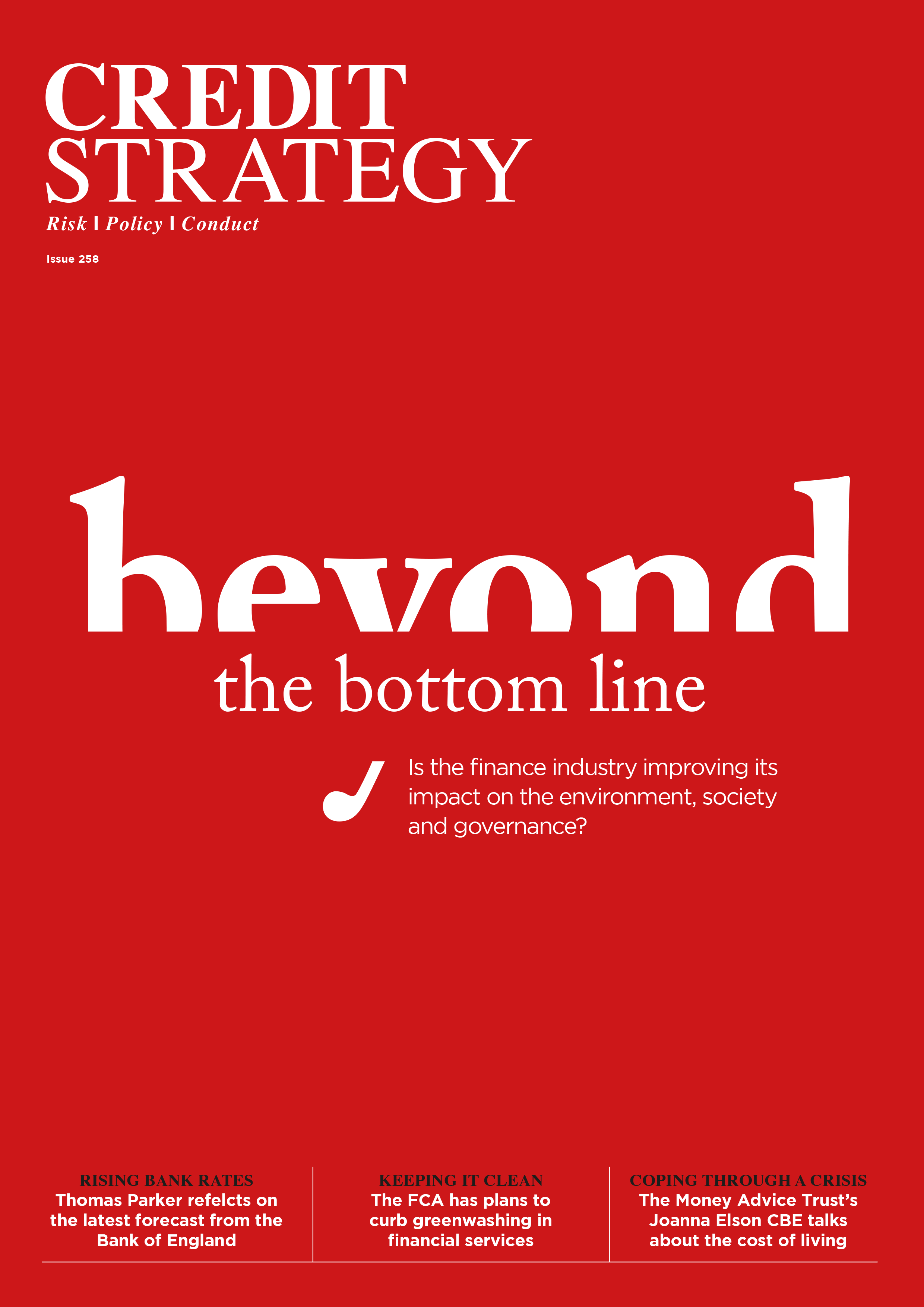Dear visitor,
You're reading 1 of your 3 free news articles this quarter
Register with us for free to get unlimited news, dedicated newsletters, and access to 5 exclusive Premium articles designed to help you stay in the know.
Join the UK's leading credit and lending community in less than 60 seconds.
Bridging loans rise as housing market remains volatile
The latest market analysis by Revolution Brokers reveals that bridging loan lending has increased by nearly 50% since the Bank of England base rates began rising at the end of 2021

Bridging loans are high-interest, short-term emergency loans often used by homebuyers who need to bridge the gap between buying a new home and selling their existing home.
In Q3 2022, bridging loans in the UK totalled £214.7m. This marks a 20.3% quarterly increase, a 12.9% annual increase, and a remarkable 47.6% rise since Bank of England (BofE) base rates started increasing in Q4 2021.
The Bank of England (BofE) sets and changes its base rate in order to keep a handle on inflation. If inflation rises, so too does the base rate. As a result, borrowing money becomes more expensive.
At the end of 2021, the base rate was increased to 0.25% to try and combat the economic turmoil resulting from the COVID-19 pandemic. Since then, it has gradually increased to today’s rate of 3%.
Not only is total bridging lending on the up, but the average Loan-to-Value (LTV) has also increased significantly since the beginning of the base rate rises.
Today’s average LTV is 59.6%. While this is an annual decline of -0.6%, it marks a quarterly rise of 3.5% and an increase of 2.3% since BofE base rates started rising.
This demonstrates the impact of rising base rates on homebuyers and means that people are now borrowing more than they were during the height of the pandemic.
But why are they rising? The research shows that 22% of all bridging loans taken out in Q3 2022 were the result of a broken chain which is 4% higher than at the end of 2021.
Another contributor to the rise in borrowing is unregulated refinance which currently accounts for 13% of all bridging loans; 8% more than Q4 2021.
Usually, another common reason to take a bridging loan is to aid the purchase of an investment property. While investment properties are currently the second-most common reason for taking out a bridging loan, the 16% of all loans they account for marks a -13% drop compared to Q4 2021 and a -8% drop in the past quarter alone.
This suggests that, during economic uncertainty and cost of living increases, people are choosing to avoid spending money on investment properties.
Founding director of Revolution Brokers, Almas Uddin, commented: “At a time when investment purchases are dropping but total bridging loan lending is on the rise, it’s reasonable to conclude that the housing market has become increasingly volatile in recent months.
“The rise in broken chains, for example, could be partially because many buyers are taking a look at living costs and rising mortgage rates and having second thoughts about imminent purchases, pulling out at the eleventh hour.”
Stay up-to-date with the latest articles from the Credit Strategy team
Get the latest industry news






